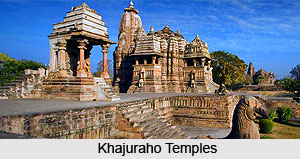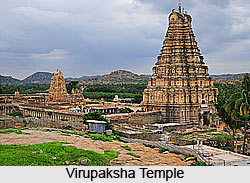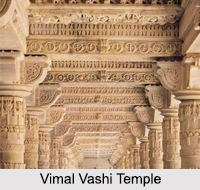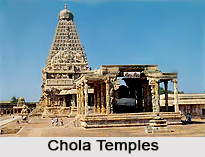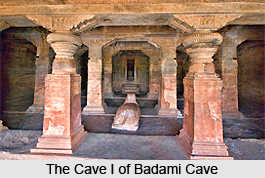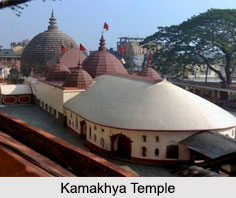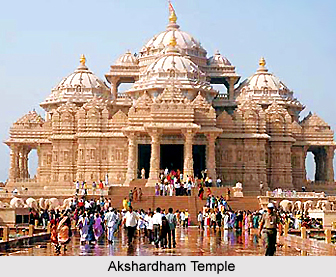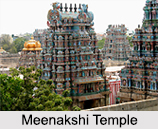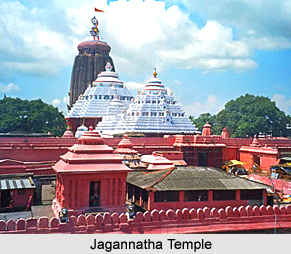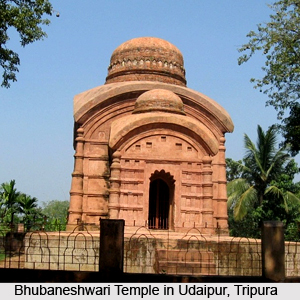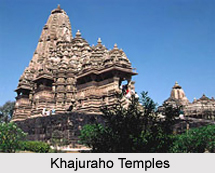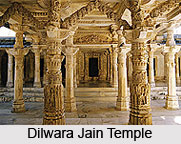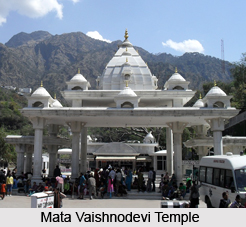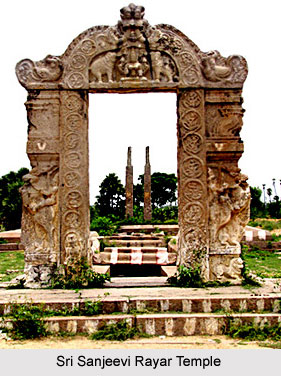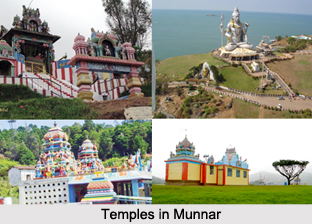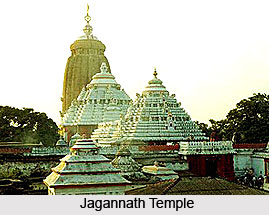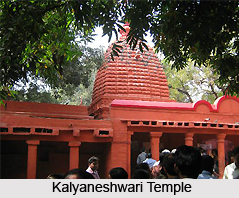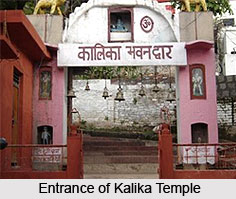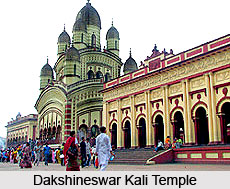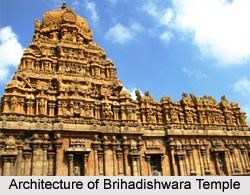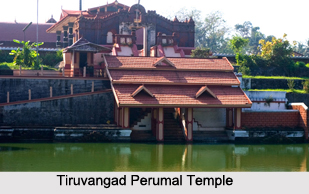 The Tiruvangad Sri Rama Temple in North Kerala is indeed considered very important with unique characteristics of architecture. There are ever so many temples in Kerala dedicated to Siva, Krishna and Devi. But for Rama there are only three great temples. The Tiruvangad Sri Rama temple is one of them. The temple is situated on a vast maidan of about six acres. It is believed that the deity of the temple is said to have been installed by Parasurama.
The Tiruvangad Sri Rama Temple in North Kerala is indeed considered very important with unique characteristics of architecture. There are ever so many temples in Kerala dedicated to Siva, Krishna and Devi. But for Rama there are only three great temples. The Tiruvangad Sri Rama temple is one of them. The temple is situated on a vast maidan of about six acres. It is believed that the deity of the temple is said to have been installed by Parasurama.
Deity of Tiruvangad Perumal Temple
The main deity, Sri Rama, like most images of Lord Vishnu, has four arms. The three arms hold Sankha (conch shell), Chakra (discus), and the mace and the fourth is in the Abhaya Mudra (protection gesture). The mace is, however, held upside down, which is a peculiarity.
It is believed that the deity is depicted as the full form assumed by Sri Rama for annihilating Khara and his Rakshasa hordes including Dooshana and Trisiras who attacked the princes in exile in Dandaka forest at the instance of Soorpanakha, Ravana`s sister. The idol at Tiruvangad is that of Vishnu, conceived and worshipped as Sri Rama. The local people endearingly call the deity Tiruvangad Perumal who grants their wishes. The image is radiantly beautiful.
Outside the sanctum on the left side is the equally important deity of Lord Hanuman, the foremost devotee of Lord Rama. On the south side there are images of Subrahmanya mid Ganapati in the same shrine.
Architecture of Tiruvangad Perumal Temple
The temple has some unique characteristics of architecture and is a treasure-house of sculpture and paintings. The srikoil is rectangular in shape with two storeys which are copper roofed. The front portion is vertical and the rear and side are sloped. There are three gold-plated stupias on the top ridge in the longitudinal direction at the entrance. The walls around the srikoil are embellished with beautiful images of Gods and Puranic figures which constitute a splendid array of statues in keeping with the imposing dignity of the architectural design of the structure.
The square-shaped mukhamandapa in front of the srikoil is also highly embellished with wood carvings on the ceiling, illustrating the story of Ramayana. Here the craft of the skilled carpenter has reached unsurpassed perfection and the figures are realistically modelled with idealistic dignity and finished in every detail with perfect accuracy.
There is also a longitudinal edifice in front of the mandapa leading to the balikalpura on the outside of which stands a flagstaff. The entire temple is surrounded by a modern-built chuttambalam covered over with Mangalore tiles. The walls of the chuttambalam are ornamented with exquisite mural paintings depicting scenes from the Ramayana.
Festivals of Tiruvangad Perumal Temple
The annual festival here begins on Vishu (Malayalam New Year`s day) Sankramam day (April 14) with the hoisting of the temple flag. It lasts for seven days with the daily elephant processions, special poojas and sribhuta bait (offering of oblation at various altars) and also various entertainment programmes culminating in arattu or bathing the deity, on the last day in the temple tank.
Pattattanam, giving away gifts to learned men as we have seen at Tali temple, is also conducted here though on a much smaller scale. This is done on Thiruvonam asterism in Makaram (January-February) which is considered as the prathista day of the deity.
A favourite offering to the main idol, Sri Rama, is kalabham or smearing the image with scented sandal paste. To Hanuman, the offering is avil or beaten rice. Niramala or a decoration with garlands hung in profusion and vilakku is another popular offering.
The idol with the sandal paste and decorated with various ornaments is a sight to see.
